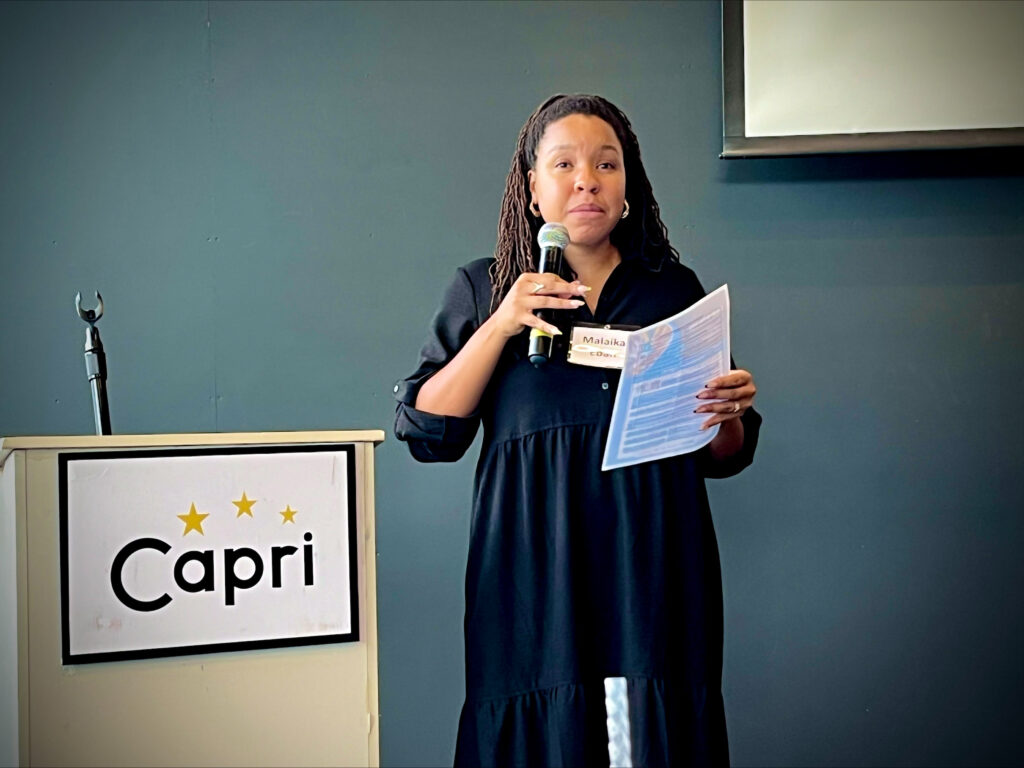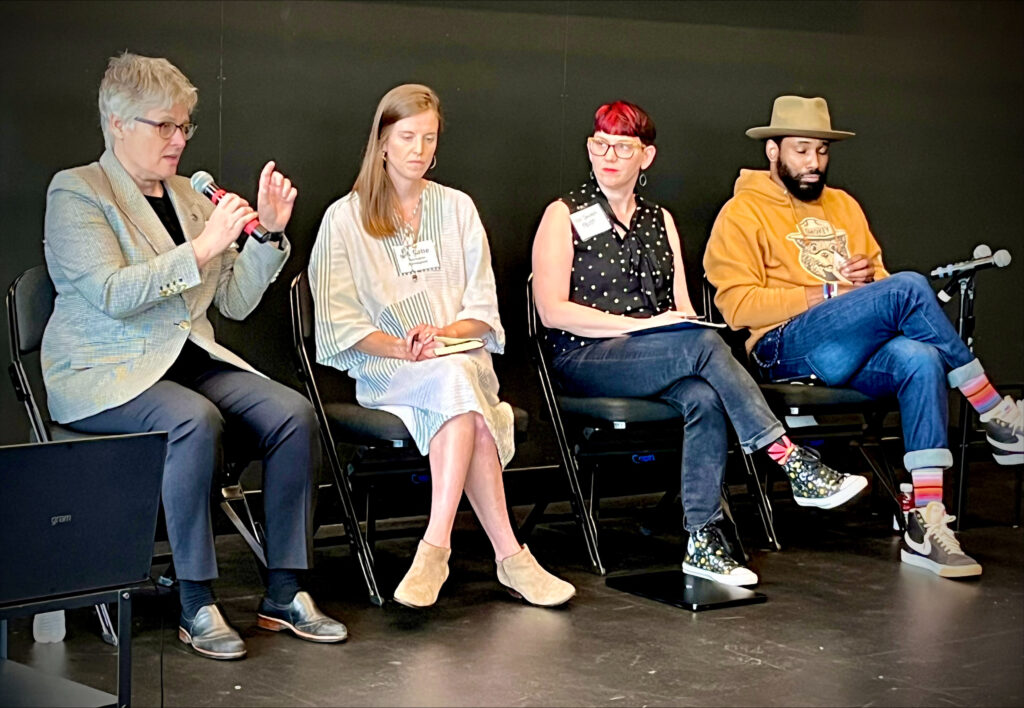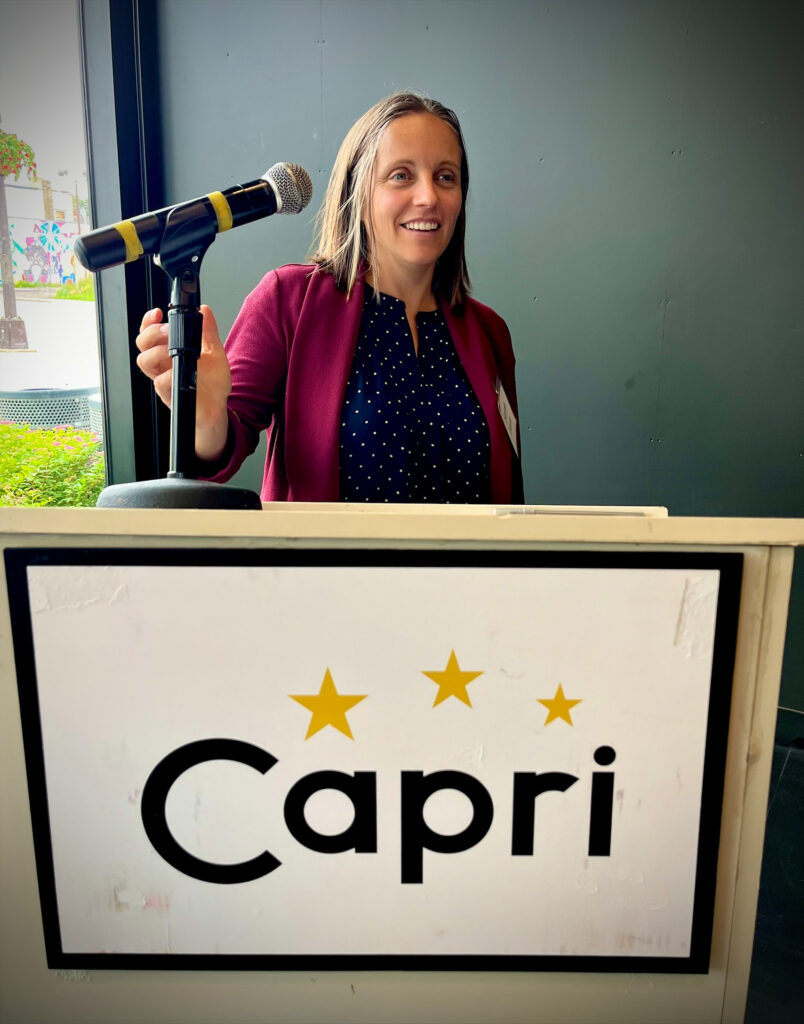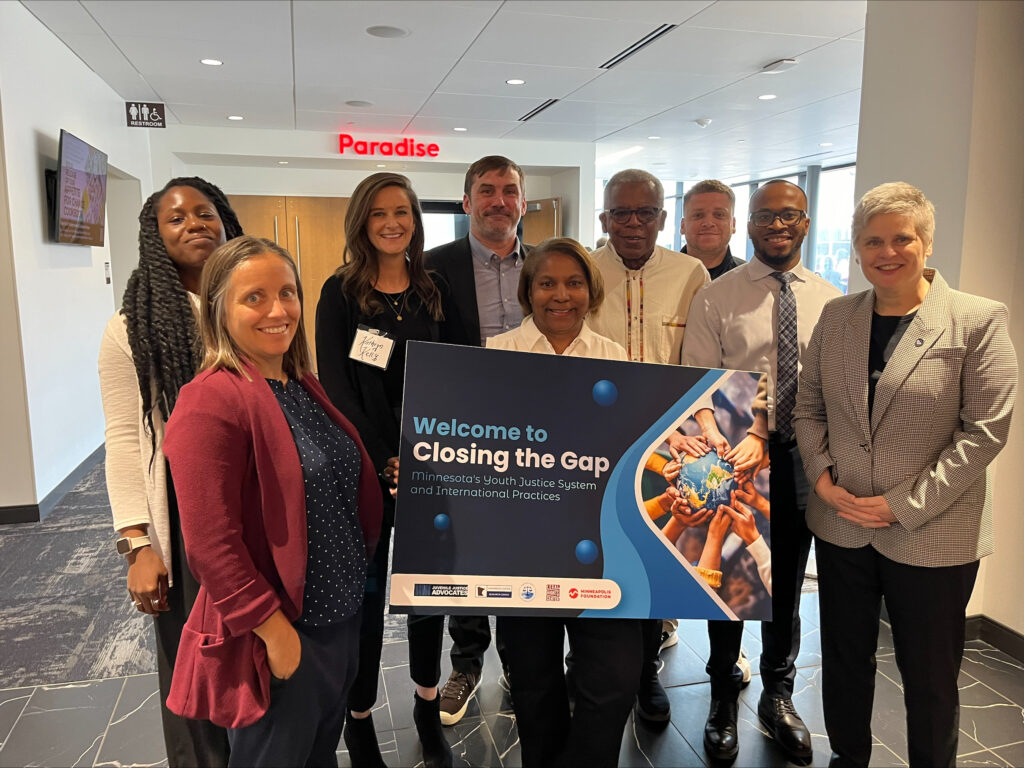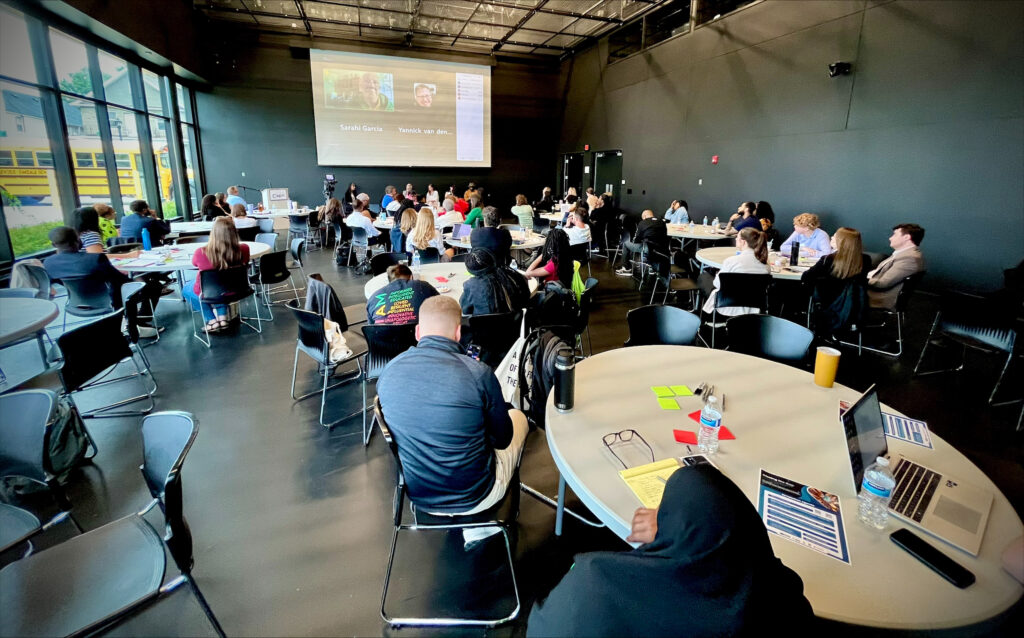
This past Friday, June 28, 2024, a group of local and international organizations hosted the symposium “Closing the Gap: Minnesota’s Youth Justice System and International Practices” in Minneapolis, Minnesota. The event brought together around 70 local participants from state and local governments, community organizations and those directly impacted by the justice system with international youth justice experts. They discussed how other countries apply the United Nations human rights standards in their youth justice systems and how Minnesota could look to those standards as a model for reform.
Dr. Yannick van den Brink, a youth court judge and law professor in the Netherlands, spoke on how the United Nations Convention on the Rights of the Child limits the most extreme sentences for youth in the Netherlands, with the primary objective being the youth’s reintegration into society.
Professor Ralph Grunewald, a German lawyer who now teaches juvenile justice law at the University of Wisconsin in Madison, explained that Germany’s youth justice system is based on the goal of educating youth rather than punishment. As a result, nearly 70 percent of youth are diverted out of the formal justice system, and for those who remain, detaining youth before trial is extremely rare and children are never tried as adults.
Gary Halliday shared his experience working in Northern Ireland’s transformative restorative justice system, where nearly all youth accused of crimes have access to their restorative justice practices as an alternative to the traditional justice system. In the wake of the Good Friday Accords, Northern Ireland wanted a less punitive approach to youth justice to help heal social divisions. Now, their restorative justice system is one of the most advanced in the world.
Sarahí García Martínez, JJAI’s National Director in Mexico, explained how the United Nations Convention on the Rights of the Child has been integrated into the Mexican Constitution, guaranteeing basic rights for children accused of crimes which has significantly improved Mexico’s youth justice system.
Local authorities, including Hennepin County Attorney Mary Moriarty and State Representative Sandra Feist discussed with the Co-Director of the Minnesota Juvenile Detention Alternative Initiative Curtis Shanklin and Dr. Katie Remington Cunningham of the Minnesota Justice Research Center, the contrast with international systems that have adopted the UN Convention and Minnesota’s system. “We are really hard on youth and easy on the system,” noted Dr. Remington Cunningham. From the significant racial disparities, to political resistance to adopt reforms that have proven to reduce recidivism, the panel discussed with the international experts how Minnesota could be doing a better job to serve our children.
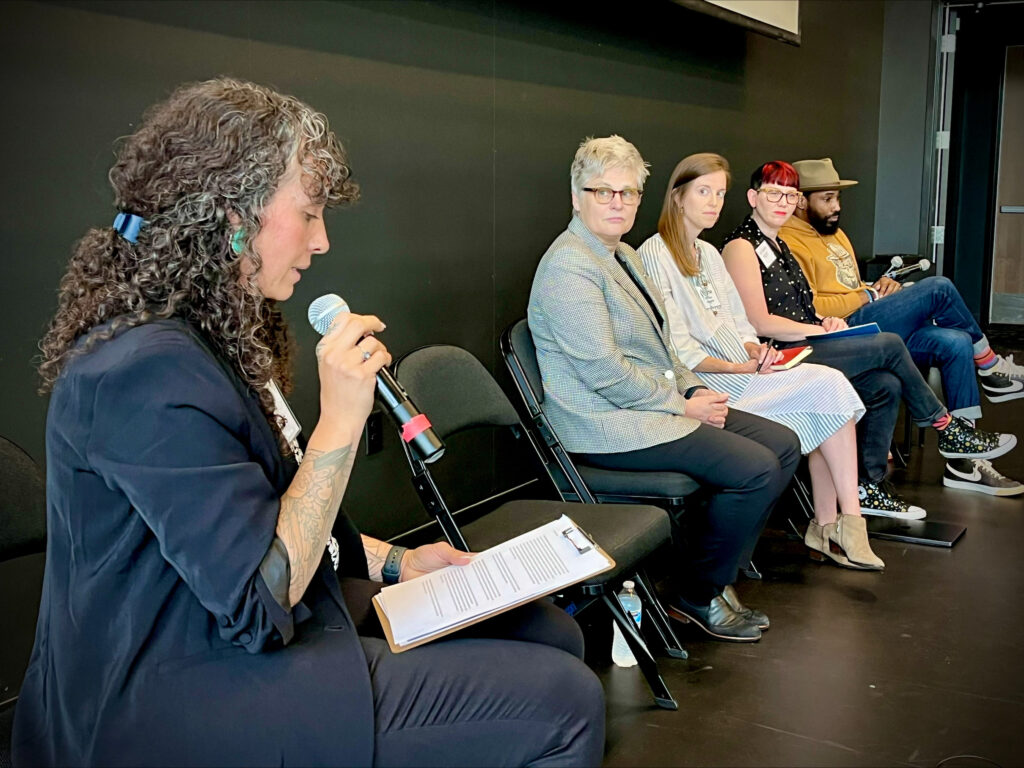
The United States is the only country in the world that has not ratified the United Nations Convention on the Rights of the Child , the primary human rights treaty that includes standards for the youth justice system. The UN Convention recognizes that children who commit crimes are still children and will have the best outcomes when the system recognizes this and treats them in developmentally appropriate ways.
“Even when children cause significant harm, they are still children and if we truly want to improve community safety we must account for their development in our response,” noted Sarah Davis, the Director of the Child & Families Division at the Hennepin County Attorney’s Office. “Other countries around the world have adopted policies grounded in youth development and have much lower recidivism rates and improved youth and community outcomes. We must shift our practices to reflect these evidence based approaches if we want better outcomes here.”
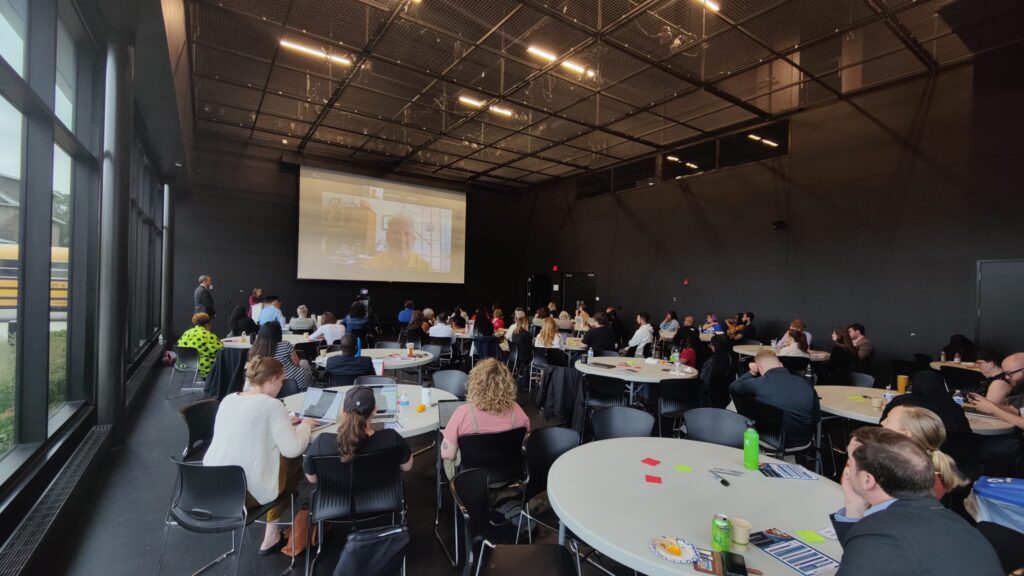
Countries that have incorporated the rights from the CRC treaty prioritize rehabilitation over punishment, do not try juveniles in the adult justice system, do not sentence youth to life sentences, have fewer youth incarcerated and guarantee protections for youth accused of crimes such as access to defense council from the moment of arrest. The United States has the highest rate of youth incarceration in the world. There is a wide gap between the internationally accepted minimum standards and how most states, including Minnesota, treat children who commit crimes.
“Children should be treated differently because they are different from adults,” commented Douglas Keillor, Juvenile Justice Advocates International’s Director and co-organizer of the event. “International human rights standards recognize this and most countries around the world have decades striving to make this a reality in their youth justice systems. We should be looking to them to see how we in Minnesota could be doing things better,” he added.
“Governor Tim Walz wants to see Minnesota become the best state in the country to raise children,” said Malaika Eban, Director of the Legal Rights Center. “I agree. And we must ensure this is true for all our children, even those who have made mistakes and need a second chance.”
About the Symposium Organizers
The “Closing the Gap” symposium was organized by Juvenile Justice Advocates International, the Legal Rights Center, the Minnesota Justice Research Center, and the Hennepin County Attorney’s Office, with support from the Minneapolis Foundation.

